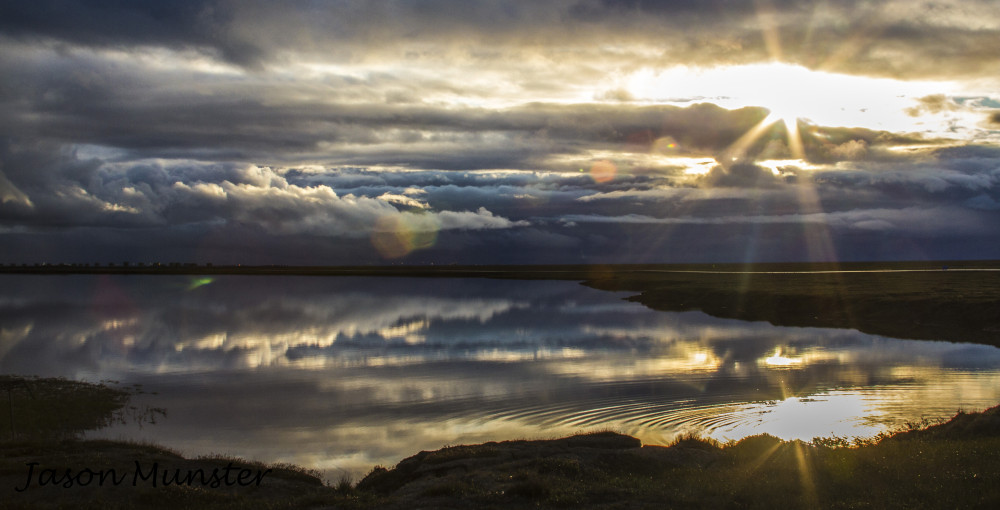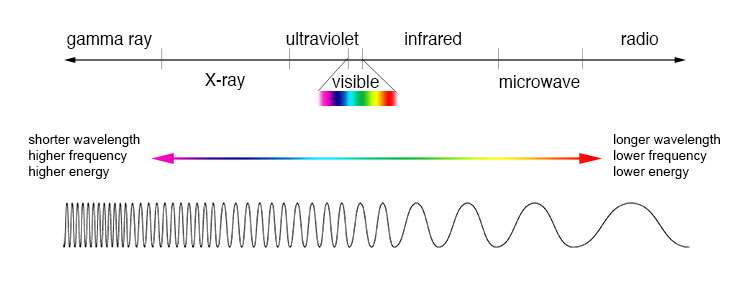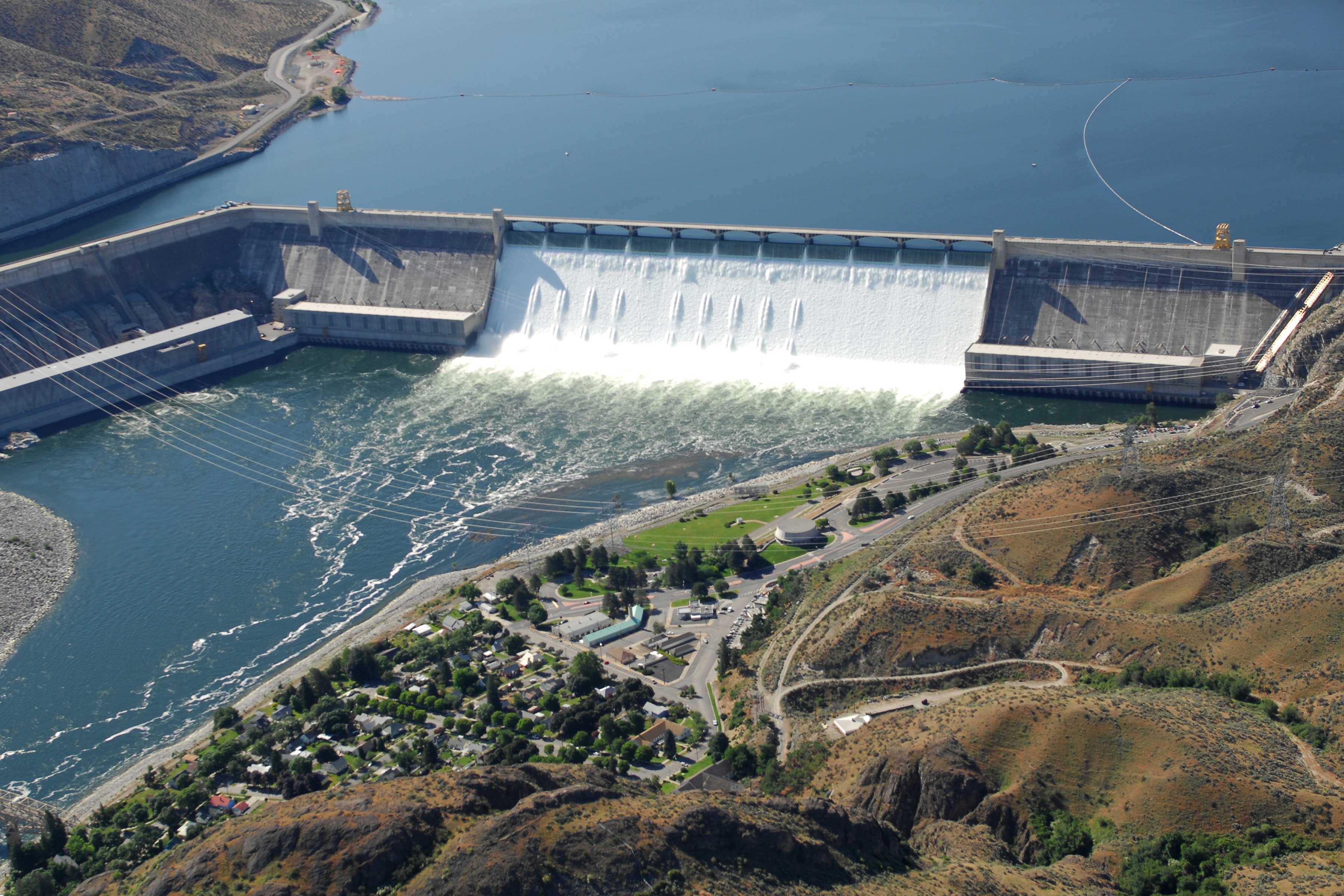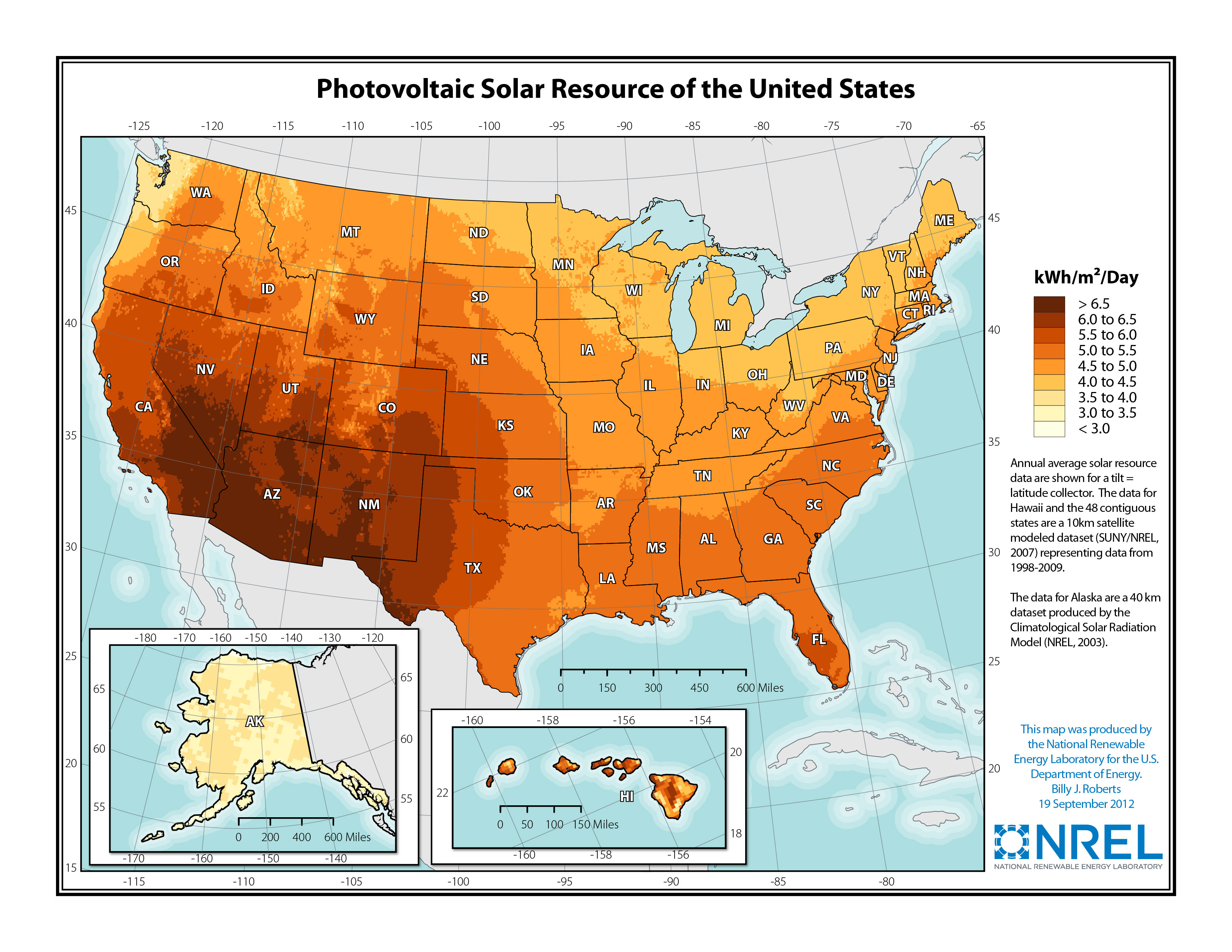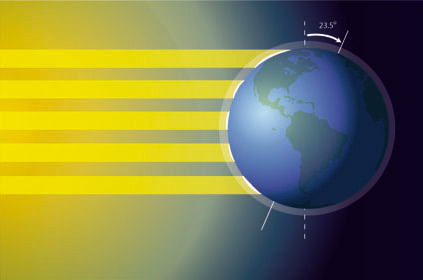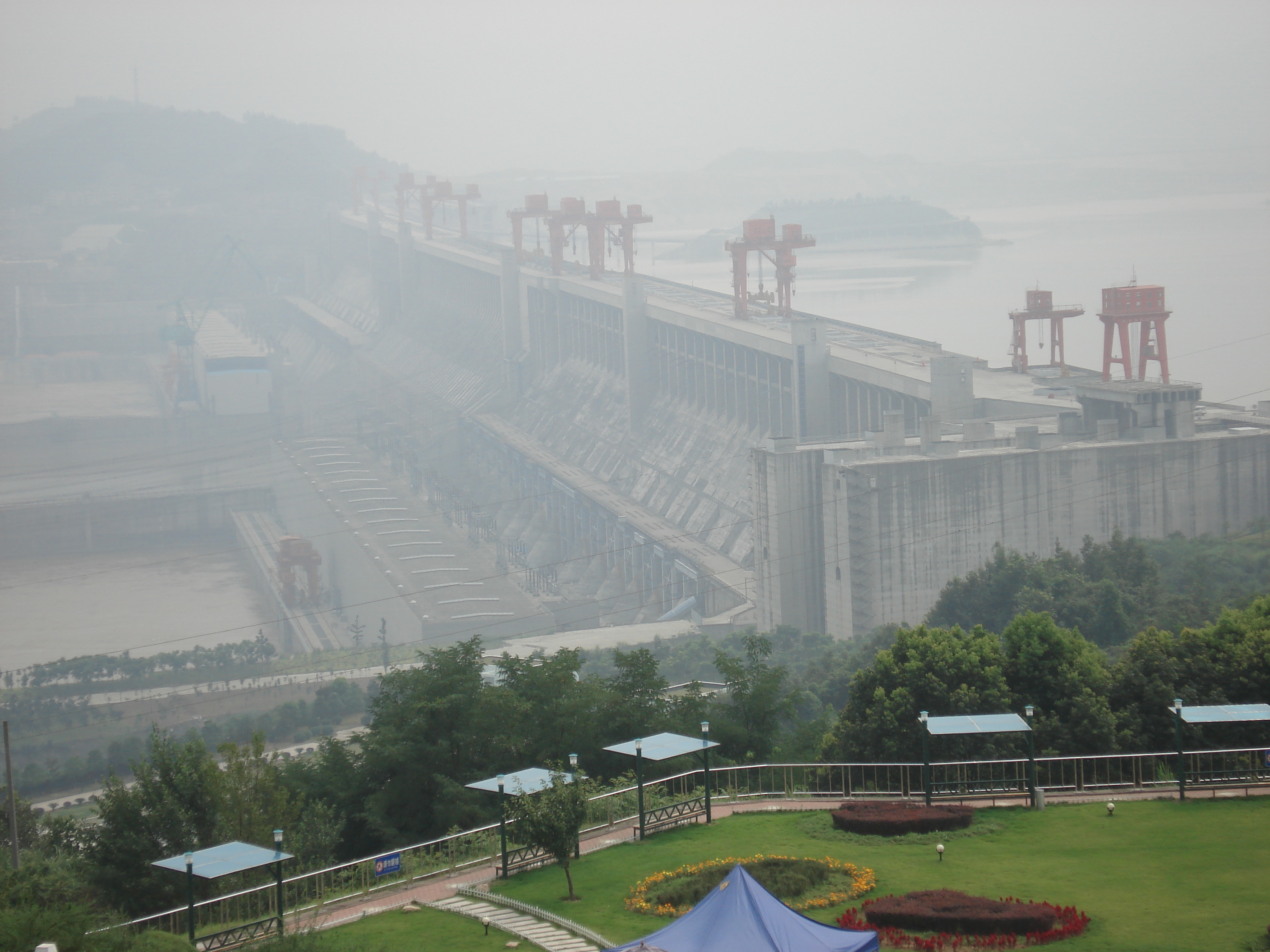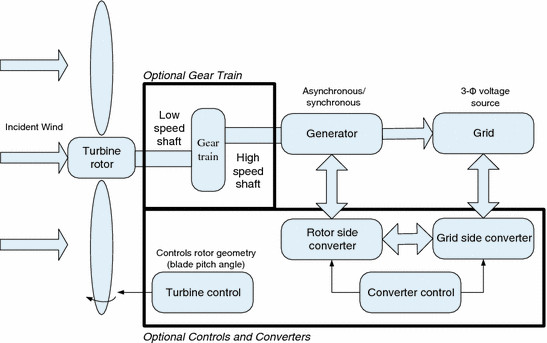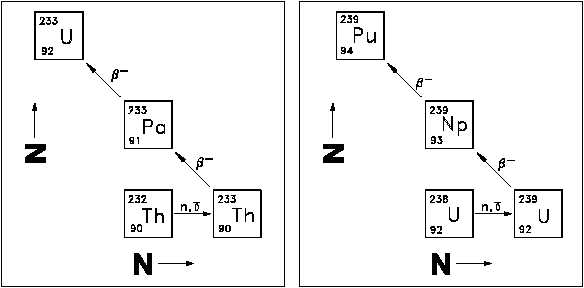Here we will cover a few more electricity producing alternatives, specifically geothermal in its different flavors, and the waste of money that is tidal power. Before that, let's make a quick roadmap of what we have covered, where that is going, and what we haven't yet covered.
Pretty much, we have talked about electricity producing resources. We have only briefly touched on energy as a whole. In the US, for example, 35% of all energy use is petroleum for transportation. None of the stuff we have discussed is useful to replace that without better battery technology. Nonetheless, it is likely that at some point in the next century, much of our domestic energy needs, including transport, will be covered by electricity. And we will require a lot more of it. An upcoming post will assess all the different tech for producing energy we have discussed, and which ones can be potential solutions.
Geothermal
Geothermal energy exists because it gets hot underground. In general, the temperature of the Earth rises by 30 degrees C for every km you go underground. This temperature increase in depth is called the geothermal gradient. If you go 7km underground, you are pretty much guaranteed temperatures of higher than 200 degrees C. Which, as we all know, is hot enough to boil water. 7km underground is pretty deep, however. In some places, the underground is much hotter. The temperature rises much more rapidly. It could be due to volcanic activity in the area, or radioactive decay underground. Either way, when hot temperatures are closer to the surface, that heat can be harnessed to drive a turbine.

Map of the geothermal resources available in the US. In general, this represents areas of higher temperature gradients.
Geothermal comes in two main flavors. One directly harnesses the steam from the ground to produce electricity (called flash steam, cause the pressurized hot water comes out, flashes to steam at atmospheric pressure, and drives a turbine), the other uses a heat-transfer mechanism where pressurized hot water from the subsurface (it needs to be pressurized, because it is above the boiling point of water at atmospheric pressure) is run through a set of heat-exchanging pipes before being put back underground. There is a third type discussed later in the article called hot dry rock.
Surprisingly, the first mechanism of directly using steam, in practice, is unsustainable and produces pollution. This is because the used steam is often vented to the atmosphere. The steam produced underground has pollutants. Like CO2 and sulfur, amongst other things. If the steam is used directly in a turbine and then expelled to the atmosphere, these pollutants come with it. If the used steam is instead re-injected into the formation, this problem is avoided.
Reinjecting the steam is easier and more common in the heat-exchange mechanism. The super heated stream of steam from underground is already isolated, and re-injection is pretty simple.
And here comes the fun part. If the steam is used and then vented rather than reinjected, the formation will run out of water. Instead of being a renewable resource, the geothermal will be a depletable resource that will only last for 10 or 20 years. This is because the pressure of the formation will drop, and the steam will no longer be able to rise. Does this sound familiar? Oil and gas production need to do this all the time to get maximum recovery rates. Reinjection of fluids is rather easy, and has been pretty well developed by the oil and gas industry.
Hot Dry Rock
The next major innovation takes a cue from the oil and gas industry. Hot dry rock is exactly what it sounds like. The rock starts off hot and dry. It has plenty of heat in it, but there is no steam or water to produce and then make energy from. How is this dealt with? Hydrofracking and injection. A well is drilled, the drill hole goes horizontal, it is fracked to drastically increase the surface area that the well hole can be exposed to, and water is injected into the rock. The water heats up a lot, then it is produced via a separate well to make steam. It is fairly complicated, and costs a lot more.
EGS
EGS stands for enhanced geothermal systems. You will run across this term a lot these days. It more or less means that the heat in the field is managed by either fracking beforehand, injecting water afterwards to maintain pressure in the field and extend the life of the geothermal power plant, or a combination of both. It drastically increases the lifetime and viability of a geothermal site.
Cost
The capital costs of geothermal pretty much will dictate the average cost of electricity produced. It looks like flashed steam will cost the least. In reality, unless the steam is reinjected afterwards, the field won't last as long, and the capital investment costs will have to be paid out over a shorter period of time, resulting in higher costs. Hot dry rock will undoubtedly always remain more expensive because of the costs associated with fracking and reinjection.
Footprint and other
Most of our power plants produce heat above ground, and need storage for either spent nuclear fuel or a coal pile (except for gas plants. They just need pipelines). So geothermal power plants don't take up a ton of space
fun uses of geothermal: geothermal heat is produced and used in Iceland to melt snow on the roads and such.
Tidal
I tend to think that tidal power sucks. In part because it is very expensive, and in part because at best it could provide all of 1% of world electricity.
Tidal power has two main problems: it uses salt water and it has only a few areas that it will work. There needs to be tides of sufficient strength that it can produce electricity, and even then, salt water is corrosive, limiting the lifetime of these power plants and making the levelized capital cost very high.
Tidal power also comes in two main flavors. One is tidal impoundment. Think of it as creating a hydroelectric dam every time the tide goes out. The tide comes in, fills up the area behind the impoundment dam, and then as the tide goes out, the area behind the impoundment dam is filled, and as it flows out, it generates electricity. As you recall from the hydropower article, the energy produced from a hydro dam directly relates to its height. The height of a tidal impoundment dam is limited by the height of the tide. In most parts of the world, this is not very high, so it is not very efficient. Moreover, it kinda messes with natural habitats.
The other type of tidal power is more or less an underwater wind turbine. The problem is that all the moving parts are underwater in the ocean. Where decay and breakdown happens quickly. Moreover, looking at the equation of energy produced via such a turbine:

where A is area, and v is velocity,
we quickly realize that the area of the rotor for a tidal turbine is small (wind turbines have 40m blades, and we aren't gonna have 80m of water depth in most places to replicate that scale in tidal areas), and the speed is slower (water doesn't flow at 6-8m/s very often). Tidal power can't scale and produce as much energy as wind. And the environment is unfavorable. In short, this is not a viable resource for large-scale energy production. And it costs a lot.
Hokay, that is all for today! Thanks for reading!
-Jason Munster
